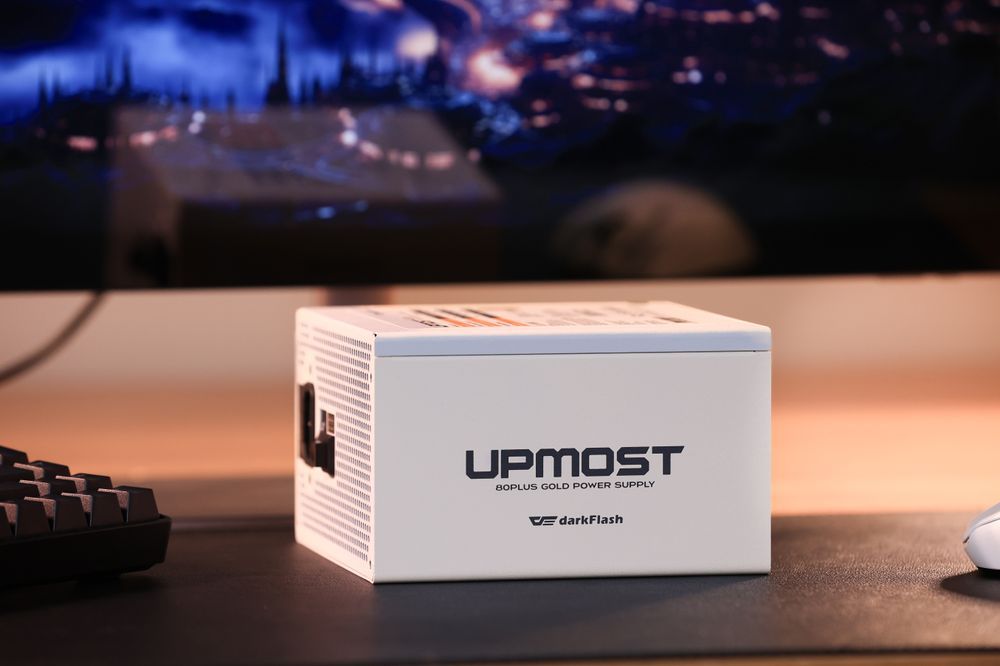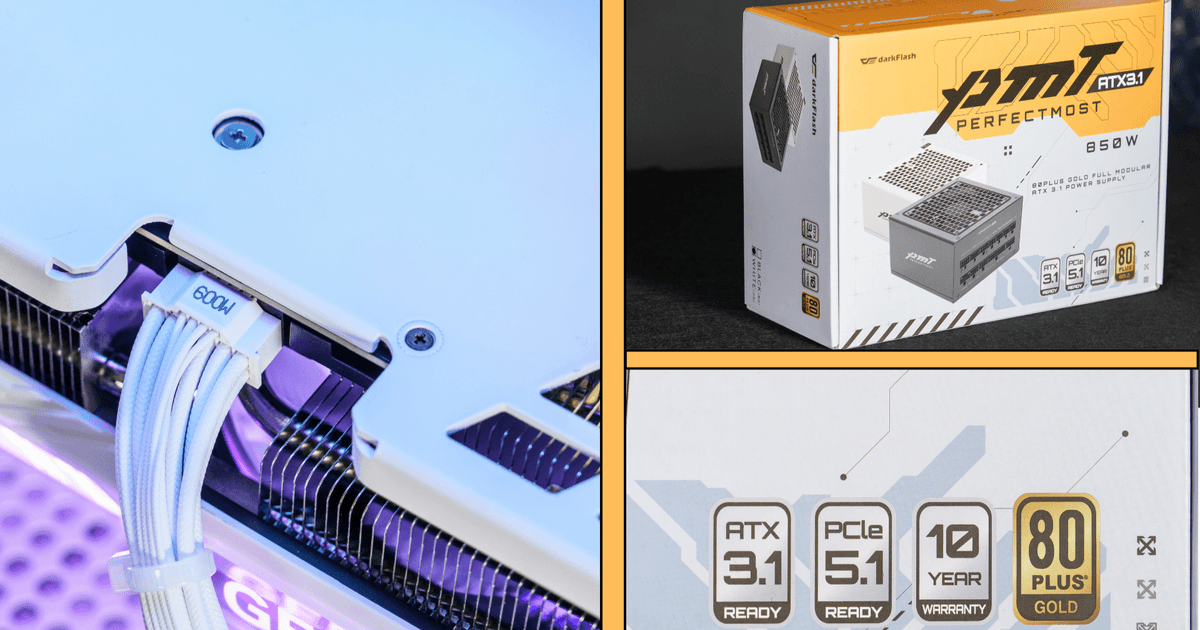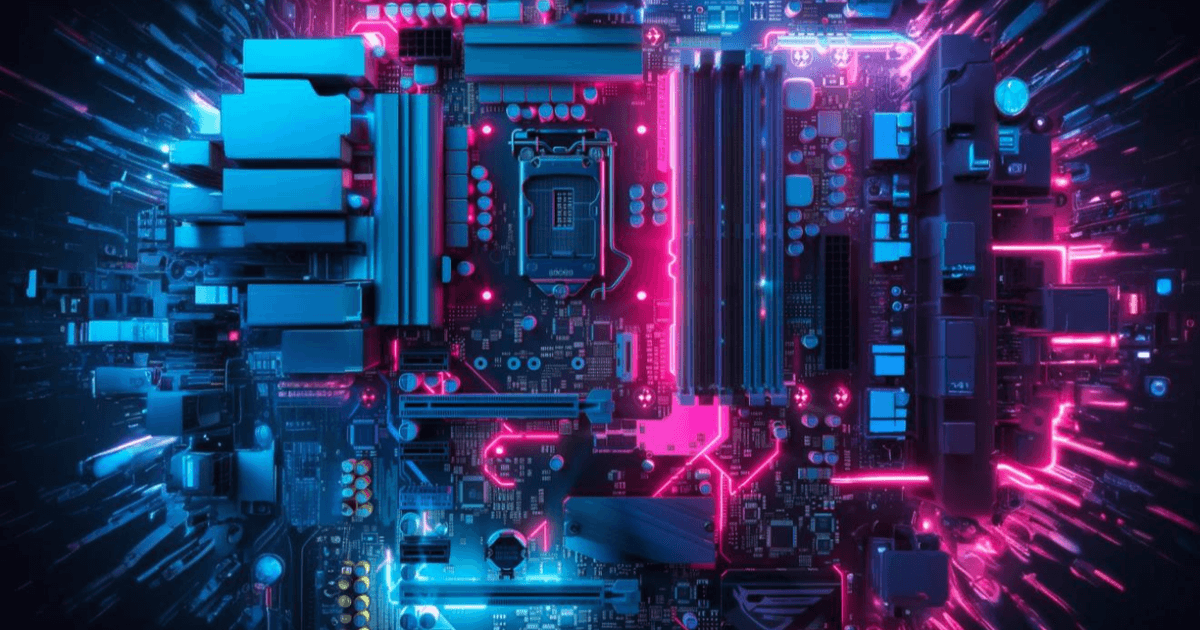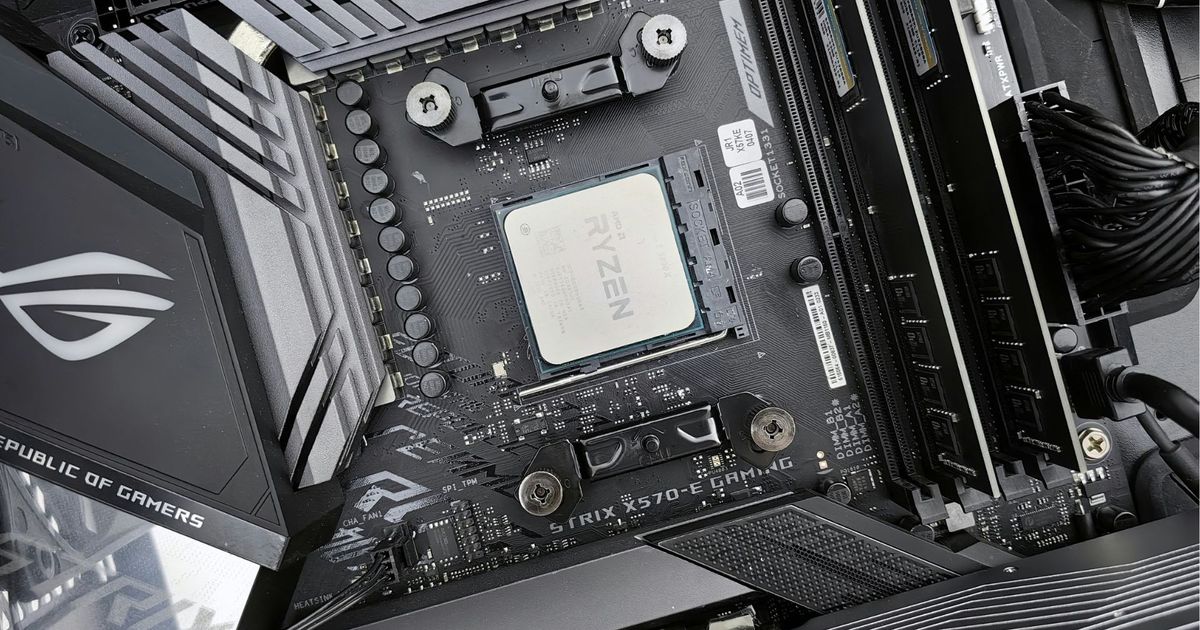
Power supplies can be categorized based on cable management into full modular, semi-modular, and non-modular types. These classifications mainly affect cable management convenience, installation flexibility, and overall tidiness inside the PC case.
Full Modular Power Supply
A full modular power supply allows all cables connecting to the motherboard and other components to be detached. Users can choose which cables to install, making it more flexible for DIY builders and resulting in a cleaner cable management setup.

✅ Advantages
Allows installation of only the necessary cables, reducing clutter.
Easy to upgrade or replace cables without changing the entire power supply.
⚠️ Disadvantages
More expensive than semi-modular and non-modular power supplies.
Requires manual cable installation, which may not be beginner-friendly.
Semi-Modular Power Supply
A semi-modular power supply has some fixed cables that cannot be removed, while others are detachable. This design offers a balance between flexibility and ease of use.

✅ Advantages
The 24-pin motherboard and 8-pin CPU power cables are fixed, preventing mistakes during installation.
Reduces unnecessary cables, maintaining a cleaner PC interior.
⚠️ Disadvantages
Fixed power cables may create unnecessary clutter inside the case.
Harder to manage than a full modular PSU but still better than a non-modular one.
Non-Modular (Fixed Cable) Power Supply
A non-modular power supply has all cables permanently attached, making it the most affordable but least convenient option for cable management.

✅ Advantages
No need to install cables separately, simplifying the setup process.
Lower cost, making it a high-value option.
⚠️ Disadvantages
Excess cables can cause clutter, affecting airflow and aesthetics.
Harder to replace; if a cable fails, the entire PSU needs to be replaced.
Typically has lower efficiency ratings and is not ideal for mid-to-high-end hardware.
Which Power Supply Should You Choose?
You should consider a full modular power supply if:
✔ You have a higher budget.
✔ You prioritize clean and organized cable management.
✔ You frequently upgrade hardware and need flexible installations.
✔ You are using high-end components.

A semi-modular or non-modular power supply is sufficient if:
✔ You are on a tight budget and just need a cost-effective option.
✔ You are building an office PC.
✔ You do not need a dedicated GPU.




